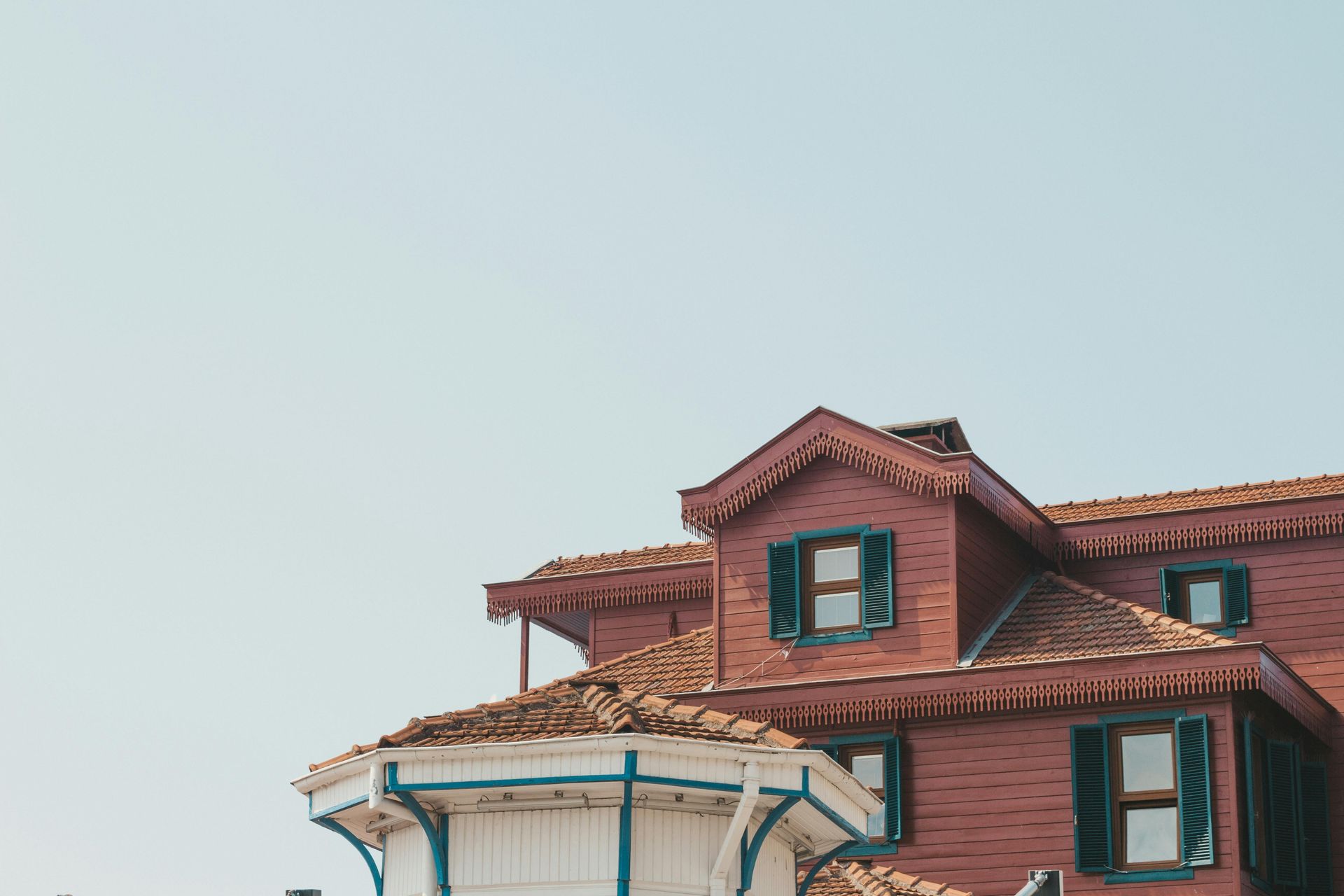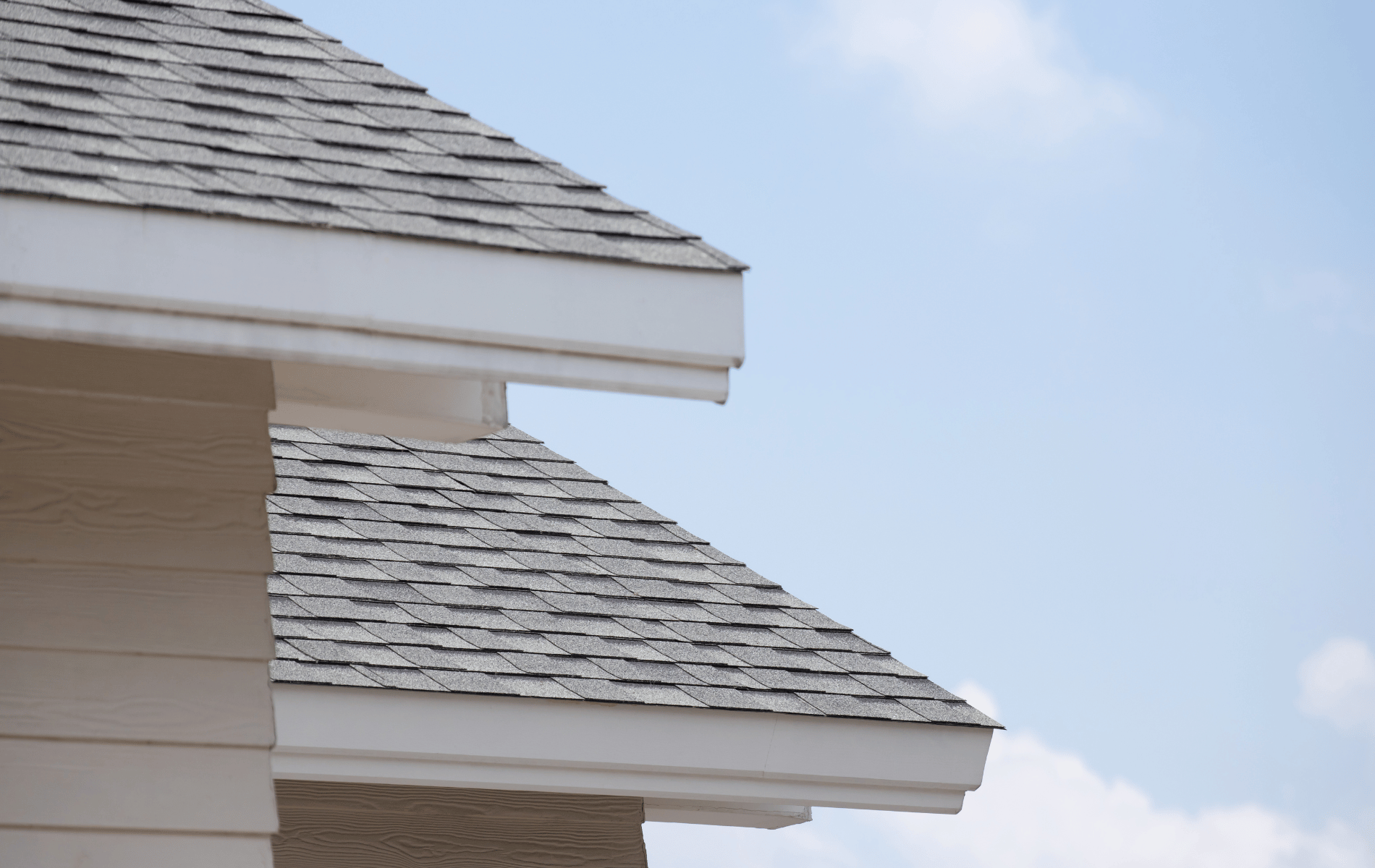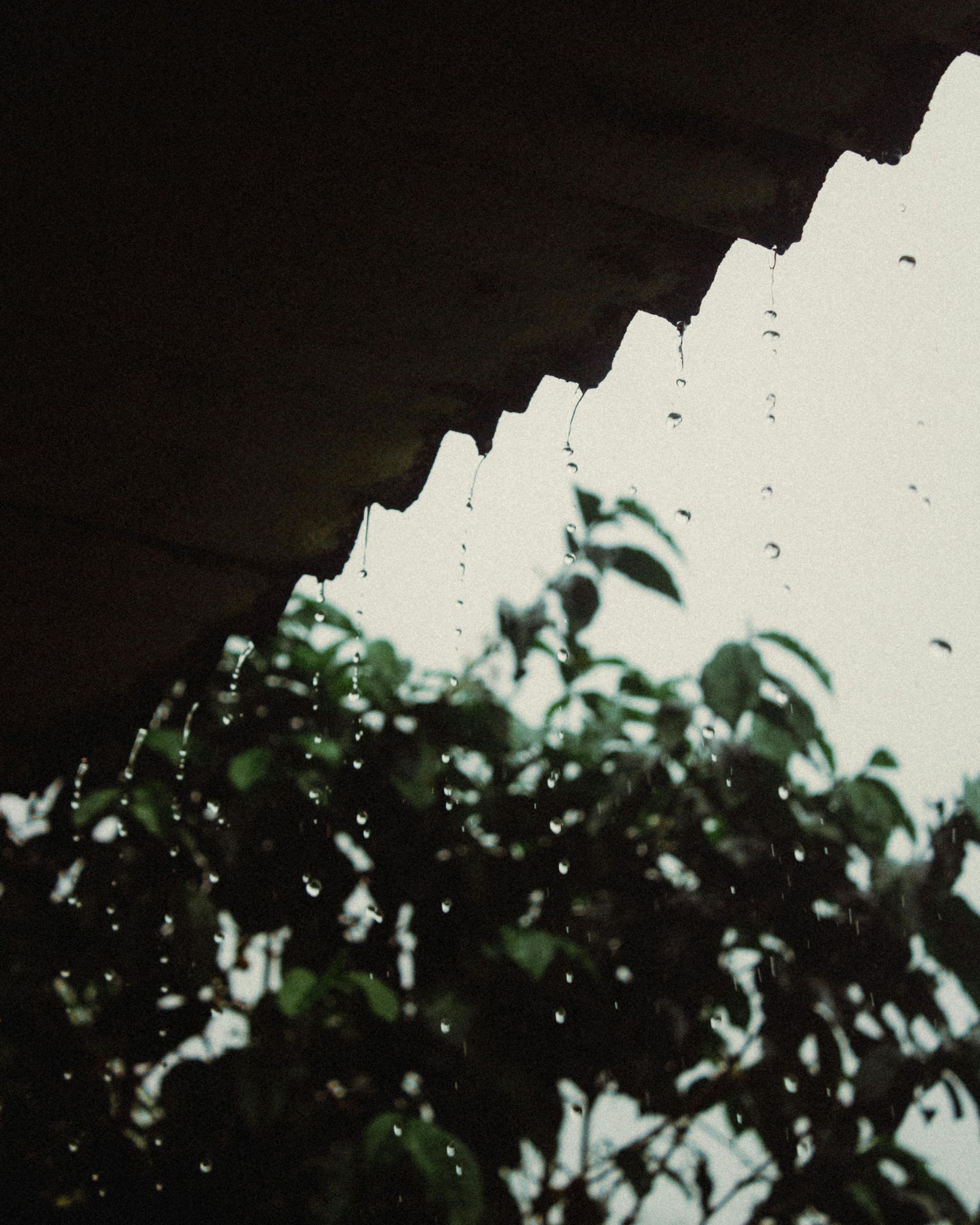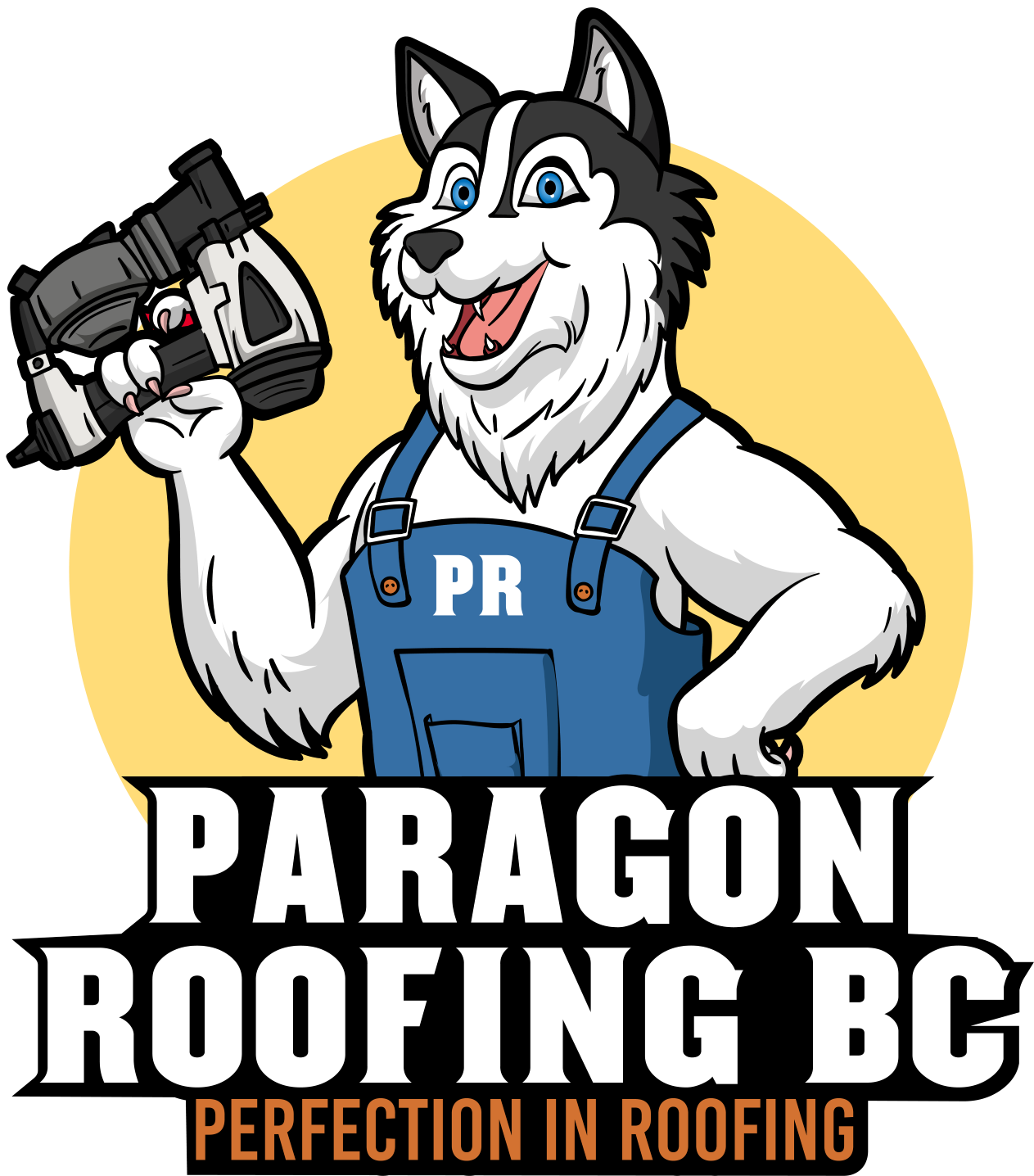Best underlayment for asphalt shingles in Vancouver (what actually works in rain & wind)
In Vancouver’s rain and wind, the best underlayment under asphalt shingles is a self-adhered SBS membrane at eaves/valleys plus a robust synthetic (polymeric) underlayment on field planes; on any shingle area below 1:3 (4:12) slope, switch the whole field to self-adhered. “Breathable” synthetics are optional, not required for most vented roofs. ( [RCABC][1] , [BC Publications][2] )
The fast plan I use on Vancouver homes
- Self-adhered eave/valley membrane; generous laps and end dams. ( [RCABC][1] )
- Field underlayment: polymeric synthetic, nailed/capped per spec.
- If slope < 1:3 (4:12) → self-adhered across the whole field (no nail-applied). ( [RCABC][1] )
- Ridge/hips sealed, walls stepped and counter-flashed, drip edges hemmed.
- Keep pathways dry: soffit intake + ridge exhaust, baffles over insulation.
Quick comparison (Vancouver-specific)
| Option | Where I use it | Why it wins |
|---|---|---|
| Self-adhered SBS (“ice & water”) | Eaves, valleys, penetrations; any plane <1:3 slope | Stops wind-driven rain and back-up; RCABC & code-aligned. ( [BC Publications][2] ) |
| Synthetic (polymeric) – non-breathable | Most field planes ≥1:3 | Strong, walkable, long exposure windows; excellent secondary defense. ( [National Roofing Contractors Association][3] ) |
| Synthetic – breathable (vapor-permeable) | Special assemblies (vented over-deck gap, mass timber, recover scenarios) | Allows limited outward drying; accepted by RCABC, but not mandatory for shingle life. ( [RCABC][1] , [Building Science][4] ) |
Why underlayment choice is a climate decision first
Vancouver’s 1991–2020 climate normals show persistent cool-season precipitation and frequent wind events. That time-of-wetness stresses edges, valleys, and wall junctions—exactly where underlayment carries the load when rain gets beneath shingles. Build for shedding and controlled drying between storms. ( [Climate Data][5] )
Felt vs. synthetic vs. breathable—what actually matters here
Traditional felt (No. 15/30)
Felt meets code, but in practice it tears more easily, wrinkles when wetted, and offers short exposure windows. In Vancouver’s on-again off-again rain, that can complicate staging and detailing. Modern guidance emphasizes enhanced underlayment in demanding climates and slopes—exactly our reality. ( [National Roofing Contractors Association][3] )
Synthetic (polymeric) underlayments
These are my default on shingle planes steeper than 1:3. They resist tearing and foot traffic, stay flatter, and tolerate longer uncovered periods during changeable weather—meaning cleaner laps and fewer telegraphed wrinkles under shingles. NRCA’s steep-slope guidance treats synthetics as standard practice; the key is following cap-fastener schedules and manufacturer laps. ( [National Roofing Contractors Association][3] )
“Breathable” synthetic underlayments (vapor-permeable)
Do they help? Sometimes, but not for the reason most people think. Multiple research efforts show the overall asphalt-shingle roof assembly is low-permeance; swapping in a permeable sheet only nudges outward drying a bit, and often doesn’t change moisture outcomes in a vented roof. Use permeable sheets when the assembly logic calls for it (vented over-deck gaps, mass-timber protection) rather than as a generic “better” choice. ( [crca.org][6] , [Building Science][4] )
The code and standards guardrails I design to
- Vancouver Building By-law (VBBL) 9.26 spells out eave protection, acceptable underlay materials, and shingle installation basics (laps, fastening, low-slope rules). Even where eave protection exemptions exist, our coastal rain argues for self-adhered at vulnerable edges. ( [BC Publications][2] )
- RCABC Roofing Practices Manual (RPM): for shingle systems, nail-applied underlayment is not permitted below 1:3 (4:12) —those planes must use self-adhered; the accepted materials list includes SBS membranes, standard synthetics, and several permeable options. ( [RCABC][1] )
Bottom line: meet or exceed the VBBL, then follow RCABC’s steeper requirements to get assemblies that actually survive Vancouver’s wind-driven rain.
Where “breathable” really fits (and where it doesn’t)
- Vented roofs with standard sheathing (most Vancouver attics): Outward drying through shingles+underlayment is minimal; attic ventilation manages moisture. Choose robust synthetics for strength and staging; add permeable only if other layers (e.g., over-deck vent space) justify it. ( [crca.org][6] , [Building Science][4] )
- Over-deck ventilation (counter-batten air gap): Permeable sheets can help the sheathing dry into the ventilated space, but drying is still limited by the sheathing’s permeance and drainage plane above it. ( [Building Science][4] )
- Mass timber or recover scenarios: Some permeable, self-adhered products double as air barriers and temporary weather protection before shingles—useful on complex projects. (RCABC lists such products as accepted materials.) ( [RCABC][1] , [VaproShield][7] )
Slope decides a lot in our city
- ≥ 1:3 (4:12) shingle planes: Synthetic (non-breathable) is my default field underlayment; seams, caps, and laps per spec.
- < 1:3 (4:12) shingle planes: Treat like a “wet-risk” zone: use self-adhered membranes across the field, cemented courses, and conservative valley/wall details, per code and RCABC. (If a plane is flatter than 1:6, it may not be a shingle roof at all—design as waterproofing.) ( [BC Publications][2] )
Detailing that makes underlayment do its job
- Eaves: Self-adhered membrane lapped under drip edge at the eave, then over the rake drip—no shortcuts. ( [BC Publications][2] )
- Valleys: Full-width self-adhered plus metal valley flashing; widen on windward exposures.
- Walls/Chimneys: Step flashing with counter-flash and kick-outs; underlayment turned up the wall behind WRB.
- Fasteners: Plastic-capped nails on synthetics, in the field and laps where specified.
- Staging: Synthetics’ longer exposure ratings help in stop-and-start weather; keep edges pinned to prevent flutter and tears. ( [National Roofing Contractors Association][3] )
What I actually specify most often (Vancouver single-family)
- Eaves/valleys/penetrations: Self-adhered SBS (RCABC-accepted) for a continuous, sealed water-shed at stress points. ( [RCABC][1] )
- Field planes ≥1:3: Polymeric synthetic (RCABC-accepted), nailed/capped; breathable only if the assembly has a ventilated over-deck path or special substrate logic. ( [RCABC][1] )
- Low-slope shingle planes (<1:3): Self-adhered across the field, cemented courses, conservative details per VBBL 9.26.8. ( [BC Publications][2] )
People Also Ask — straight answers you can quote
Which underlayment is best under shingles in Vancouver?
Self-adhered SBS at eaves/valleys and a polymeric synthetic on field planes; if any shingle area is below 1:3 slope, use self-adhered throughout. This follows RCABC/VBBL guidance and holds up to wind-driven rain. ( [RCABC][1] , [BC Publications][2] )
Do I need a breathable underlayment here?
Usually no. Research shows asphalt-shingle assemblies remain low-permeance; permeable sheets only modestly increase outward drying. Use them when the assembly(e.g., ventilated over-deck) benefits—not as a blanket rule. ( [crca.org][6] , [Building Science][4] )
Is felt still acceptable?
Yes by code, but synthetics give better tear strength, flatter installs, and longer exposure windows in stop-start weather—useful in Vancouver. If you choose felt, protect it from rain during staging. ( [National Roofing Contractors Association][3] )
What does the Vancouver Building By-law actually require?
VBBL 9.26 details eave protection, acceptable underlay materials, and special rules for low slopes(cemented courses, coverage). Even with exemptions, we typically keep self-adhered at edges for storm resilience. ( [BC Publications][2] )
Are breathable underlayments accepted by local standards?
Yes—several permeable products appear on RCABC’s accepted materials list; use them when the design intent calls for outward drying to a vent space. ( [RCABC][1] )
References (accessed Aug 17, 2025)
- RCABC Roofing Practices Manual — Eave Protection & Underlayment
- Vancouver Building By-law (2019), Division B, 9.26 Roofing
- NRCA — Understanding Underlayment (steep-slope guidance)
- Building Science Corporation — Field Testing Unvented Roofs
- Environment and Climate Change Canada — Climate Normals
- CRCA (2023) — Steep-slope technical update
- VaproShield — SlopeShield Plus Self-Adhered
- Canadian Climate Normals 1991–2020 (YVR)




